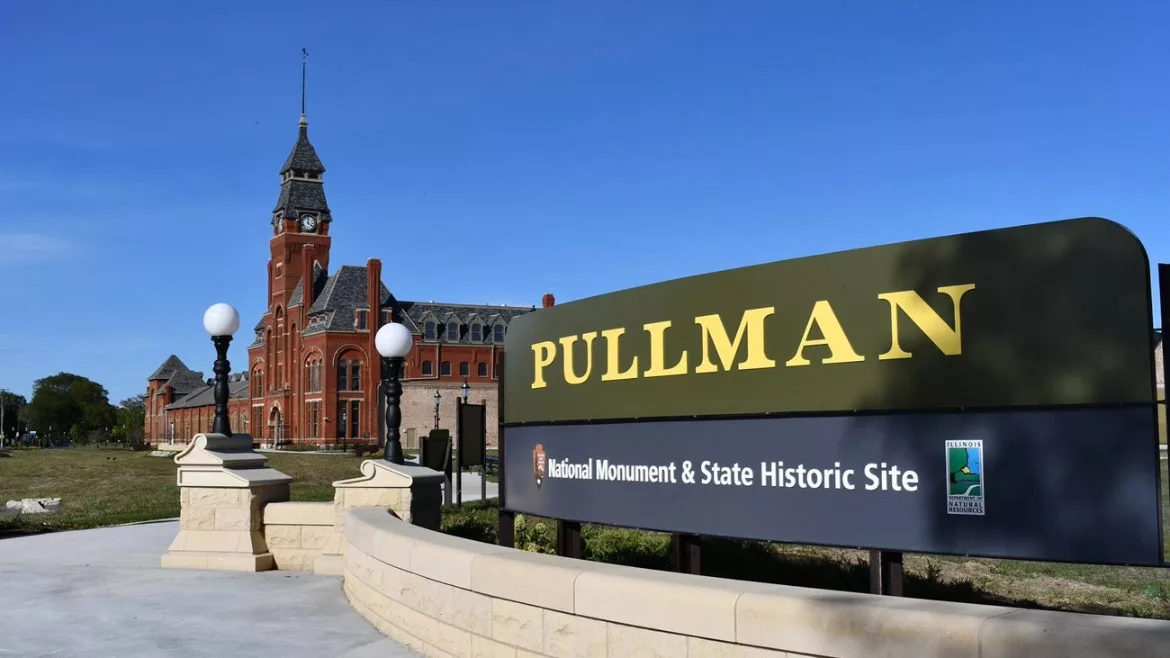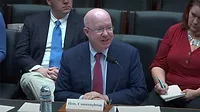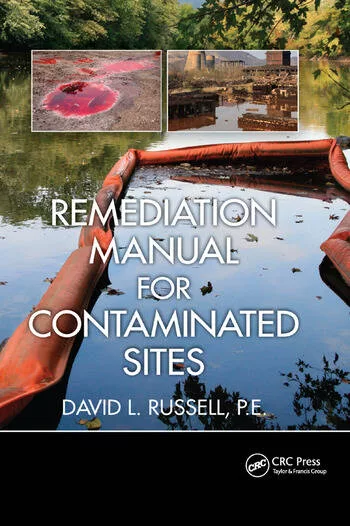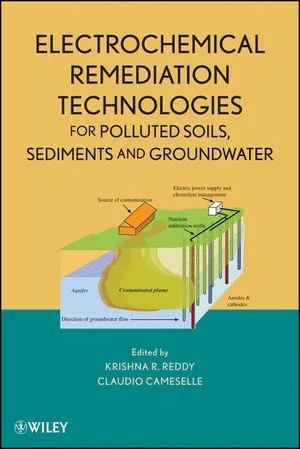How to Win an EPA Brownfields Job Training Grant: What Applicants Need to Know for 2026
EPA’s $10 million Brownfields Job Training Grant season is approaching

EXEMPLAR: Pullman National Historical Park in Chicago stands as a powerful example of brownfield redevelopment: Where environmental cleanup sparked new jobs, boosted local businesses, and helped train a new generation of workers.
This year, up to $14 million is available through the EPA’s FY 2026 Brownfields Job Training Grants Program, aimed at helping communities transform blighted, contaminated properties – called brownfields or Superfund sites Superfund sites– into opportunities for workforce growth and revitalization. The EPA’s July 23 Notice of Funding Opportunity (NOFO) spells out how local governments, counties, nonprofits, and tribes can compete for grants to build the environmental workforce their communities need.
What Sets This Program Apart?
Unlike other EPA brownfields grants that focus on assessing or cleaning up sites, the Job Training Program is all about workforce development. It funds local training programs that equip residents with the specialized skills needed to safely handle and prepare brownfield sites for reuse—skills like environmental cleanup, chemical safety, site assessment, and sustainable reuse. This is especially critical for unemployed and underemployed residents in communities affected by environmental degradation.
Jacqueline Aybar, Region 9 coordinator, put it simply: “The Brownfields job training program is designed to recruit and train unemployed and underemployed residents from communities that are impacted by the presence of brown fields. The goal is to place them in environmental jobs that may have otherwise been filled from workers outside the affected community.”
Who Should Apply?
Eligible applicants include nonprofits, local governments, counties, tribes, workforce development entities, and certain public institutions. Counties are specifically eligible for technical assistance and are encouraged to apply, especially those in rural or underserved areas that have long advocated for more brownfields help. Each program must provide, at minimum, the 40-hour HAZWOPER training required for hazardous waste work, but may also include environmental site assessment, cleanup technologies, and even renewable energy training, as long as it’s brownfield-related. All trainees must be at least 18 years old by the time they finish training and are placed in jobs.
What’s New for 2026?
The NOFO is now more clearly organized and written, said Matt Wosje, the EPA’s national program coordinator. That should make navigating requirements easier, but don’t let your guard down. “The primary update ... is the organization of the NOFO itself ... to better communicate the requirements in plain language,” Wosje said.
How Much Can You Get – and For What?
You can request up to $500,000, with about 20 awards expected. Funds may be used to create or expand training programs, pay instructor salaries, support participants (with transportation, child care, or stipends), provide health exams, and cover certification costs. But beware: no funds may go to general construction trades, life skills training, or excessive administrative costs. Grant funds used to hire trainees as employees, plus other support costs, may not exceed 40% of the total grant amount. “Grant funds may not be used for training in general construction skills and trades, life skills or education activities, administrative or indirect costs in excess of 5% of total EPA funding,” said Dawn Farver, Region 3 coordinator.
Tips for Standing Out
EPA reviewers want to see that you understand your community’s needs and have a plan to meet them. “Your response to the community need criteria sets the tone for your application and should paint an accurate picture of your community for the reviewers,” Wosje said. He recommends including specific demographic data and showing how your project fills a real gap. Applications are scored on community need, training program design, budget and resources, program performance and past experience, and how well you leverage partnerships and additional resources. Teaming up with local employers, unions, and workforce boards is encouraged, and you’ll need signed letters from partners who commit to helping with recruitment, training, or job placement.
Coalitions are encouraged – especially for organizations in rural areas – but Wosje cautioned, “A non lead member of a coalition may not have an open brown field job training cooperative agreement with EPA.” If you’re applying as a coalition, get formal commitment letters from every member.
Avoid These Common Pitfalls
Applying is more than just filling out a form. Applications must include mandatory federal forms (SF 424, SF 424A, EPA Key Contacts, EPA Form 4700-4) and a narrative limited to 14 pages. Missing any of these will disqualify you. Don’t wait until the last minute to register with sam.gov and grants.gov: “Please do not wait until 11:55pm to submit the application,” warned Aytaj Gasimova, the EPA’s grants specialist. If your application is late or missing required forms, it simply won’t be reviewed. Don’t leave any part of the application blank—if something doesn’t apply, say so directly, Farver advised. Grantees are also required to track and report graduate outcomes for up to one year after training.
Support Is Available
EPA partners with Technical Assistance to Brownfields (TAB) providers, who offer free application reviews and support. “I highly encourage everyone to take advantage of these fantastic resources,” Wosje said. Applicants can also reach out to EPA directly for help or join the agency’s learning community for additional tips and examples from past grantees.
Why This Matters
The Job Training Program doesn’t just advance environmental safety and site revitalization—it also lifts up local economies by preparing residents for long-term careers in the environmental field. “By investing in local talent,” Aybar said, “the program helps create job opportunities and ultimately transform contaminated properties into community assets.”
Looking Back: 2025 Brownfields Grant Recipients
In 2025, the EPA awarded $267 million in Brownfields funding to communities nationwide, reflecting the agency’s commitment to turning contaminated and underused properties into productive spaces for new businesses, housing, and community projects. The funding included $121.8 million for 148 Assessment Grant recipients to support site inventories and planning, $88.2 million for 51 Cleanup Grant recipients, $15 million for 15 Revolving Loan Fund grantees, and $42 million in supplemental RLF grants for high-performing programs. These grants continue to demonstrate how environmental cleanup and redevelopment drive job creation and economic revitalization. For a full list of 2025 recipients, visit the EPA’s official announcement.
Ready to Apply?
Counties and other eligible entities have until September 26, 2025, to submit their applications. Start early, read every detail in the official EPA NOFO, and take advantage of EPA’s technical assistance. With preparation and attention to detail, your organization could be among the next round of Brownfields Job Training Grant winners.
For more information:



.webp?height=200&t=1668433096&width=200)


